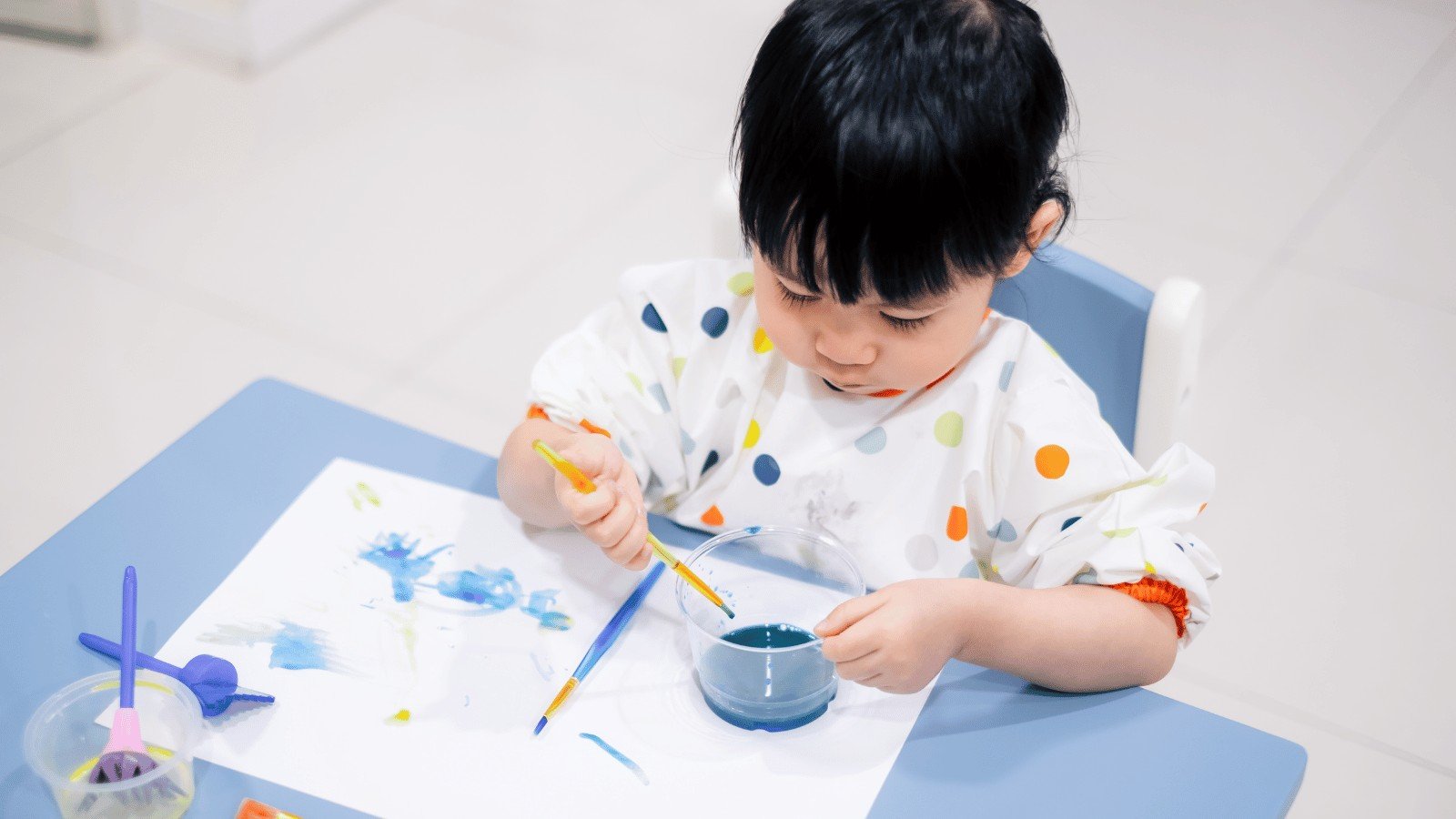
Children are born with a natural sense of wonder and imagination. Therefore, nurturing and fostering their creative development during their early years can profoundly impact their overall growth and future success. Encouraging creativity not only enhances their cognitive abilities but also promotes problem-solving skills, emotional intelligence, and self-expression.
This article will explore the importance of imagination and creative development in young children and discuss various strategies to cultivate creativity during early childhood.
The importance of imagination and creative development
Imagination and creative development are essential to early childhood education as they enable children to foster a range of skills and abilities such as language, literacy, physical, social, and emotional development. However, while imagination and creativity are often associated, they're two different skills. Imagination is the creation of unrealistic thoughts, and creativity is creating things in the real world using the imagination. Both are a gateway to exploration, experimentation, and understanding of the world around them.
In today's rapidly changing world, adaptability and innovation are key. When children's imagination and creativity are nurtured early on, they become more equipped to navigate the world's complexities and lay the foundation for a lifetime of learning. Additionally, intertwining creative and imaginative learning in early childhood education creates avenues for enhancing their sense of well-being, mental health, and emotional regulation.
How do you develop creativity in early childhood?
There are several ways to contribute to a child's creative development. One way to achieve this is through pretend play, which allows children to freely use their imagination, create imaginary worlds, and explore various roles and scenarios. Another avenue for fostering creativity is through storytelling and reading. Exposing children to diverse stories enhances their imagination, language skills, and understanding of narrative structure. Encouraging them to retell stories in their own words, invent alternative endings, or create original tales nurtures their creative thinking abilities and stimulates linguistic growth.
Additionally, art activities offer a fantastic platform for promoting creativity in young children. Providing a range of art materials like crayons, paints, and clay allows children to experiment, express their emotions, refine fine motor skills, and think outside the box. Finally, music and dance are excellent for creative expression. Allowing children to explore different musical instruments and sounds and engage in spontaneous dance movements helps develop their sense of rhythm, coordination, and emotional expression.
Creative play
Children develop critical thinking skills and cultivate unique perspectives and effective self-expression by engaging in creative play or unstructured and open-ended activities where children explore their imagination, experiment, and express themselves freely. It encourages independent thinking, problem-solving, and creativity. Children can take the lead without rigid rules or predetermined outcomes, engaging in activities like building, role-playing, and artwork. Creative play allows them to manipulate materials, explore different scenarios, and develop essential skills like critical thinking and self-expression.
Creative activities for preschoolers
You can incorporate creative activities into your lesson plans by integrating them into various subjects and areas of learning. For example, you can turn art projects into lessons on shapes and colors or use storytelling and imaginative play for language and literacy development. Engaging preschoolers in creative activities is fun and crucial for their overall development. A tool like brightwheel's lesson plan feature can easily support you in incorporating imaginative and creative activities into your lesson plans.
Here are some exciting and engaging creative activities that inspire imagination, enhance fine motor skills, and promote self-expression in preschool-aged children.
- Puppet theater: Set up a puppet theater or use a large box as a stage. Encourage preschoolers to create puppets using socks, paper bags, or craft sticks. They can then perform imaginative puppet shows, telling stories and exploring different characters and voices.
- Play dough creations: Offer preschoolers play dough and tools like cookie cutters, rolling pins, and plastic utensils. They can mold and shape the dough to create sculptures, animals, or imaginative creations, promoting fine motor skills, creativity, and sensory exploration.
- Collage creation: Provide preschoolers with various materials like colored papers, magazines, fabric scraps, and glue. They can cut, tear, and arrange the materials to create unique collages.
- Dress-up and role play: Set up a dress-up area with costumes, hats, and props. Preschoolers can dress up as different characters and engage in imaginative role-playing and storytelling.
- Music and movement: Children can explore musical instruments like drums, shakers, or xylophones. They can create rhythms and melodies, dance, and move freely to the music, allowing self-expression and creative exploration.
Find ways to cultivate creative development in the classroom
Fostering creative development in young children is a powerful investment in their future. By nurturing their imagination and providing opportunities for creative expression, you enable children to develop various skills and abilities that will serve them throughout their lives. Creativity is vital in shaping a child's holistic growth, from enhancing cognitive and problem-solving skills to promoting emotional intelligence and self-expression. Help them unlock the limitless possibilities that lie within their imagination.

.png)